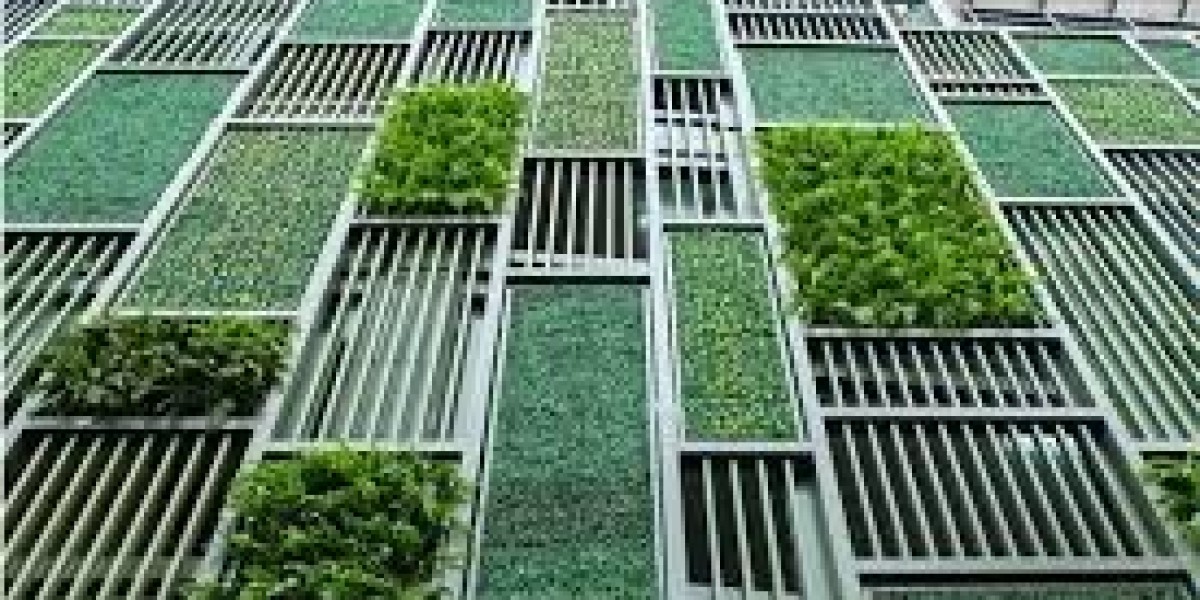What is Eco-Friendly Conduit?
Eco-friendly conduit refers to electrical conduit made from sustainable, recyclable, or biodegradable materials designed to minimize environmental impact. This conduit serves the same function as traditional conduit—protecting electrical wiring from damage—but it is produced using methods that conserve resources, reduce waste, and promote recyclability. The growing focus on eco-friendly products has led to the development of conduits that not only provide protection for electrical systems but also support a greener, more sustainable approach to construction and infrastructure.
Key Features of Eco-Friendly Conduit
1. Sustainable Materials
Eco-friendly conduits are primarily made from sustainable or recycled materials. These materials are sourced with the environment in mind, reducing the reliance on virgin resources and encouraging the reuse of existing materials, such as recycled plastics or bioplastics.
2. Recyclability
A key characteristic of eco-friendly conduit is its recyclability. After its use, eco-friendly conduit can often be recycled, helping to minimize waste and reduce the need for new raw materials. This promotes a circular economy where products can be reused, repurposed, and reprocessed.
3. Reduced Carbon Footprint
Manufacturing eco-friendly conduit involves energy-efficient processes that aim to reduce greenhouse gas emissions and minimize the consumption of fossil fuels. These conduits are designed to have a lower carbon footprint compared to traditional conduits made from non-renewable materials.
4. Durability and Longevity
Many eco-friendly conduits are designed to be highly durable and long-lasting. They resist damage from external factors like UV radiation, weathering, and corrosion, ensuring that they protect electrical wiring over time without requiring frequent replacements.
5. Low Toxicity
Eco-friendly conduits are typically made without the use of harmful chemicals like lead, phthalates, or chlorine, which are commonly found in traditional materials. This makes them safer for both the environment and the people handling them during installation.
Benefits of Eco-Friendly Conduit
1. Environmental Impact Reduction
The primary benefit of eco-friendly conduit is its ability to reduce the overall environmental impact of electrical installations. By using recyclable or biodegradable materials, these conduits help conserve natural resources, reduce pollution, and minimize waste.
2. Cost Efficiency Over Time
Though eco-friendly conduit may have a slightly higher initial cost compared to traditional options, it offers long-term savings. The durability and longevity of eco-friendly materials mean fewer replacements and less maintenance, leading to reduced costs in the long run.
3. Improved Safety
Eco-friendly conduit materials are often free of harmful chemicals, making them a safer choice for installation and maintenance. Additionally, the non-toxic nature of these conduits ensures that the surrounding environment remains free from harmful substances that could leach into the soil or water supply.
4. Compliance with Green Standards
Eco-friendly conduit helps meet the growing demand for green building materials and is often compatible with certifications such as LEED (Leadership in Energy and Environmental Design) or BREEAM (Building Research Establishment Environmental Assessment Method). These certifications can help improve the energy efficiency of buildings and contribute to sustainability goals.
5. Recyclability and Waste Reduction
One of the most significant advantages of eco-friendly conduit is its recyclability. Once the conduit reaches the end of its life cycle, it can be collected and processed for reuse, reducing landfill waste and promoting a more sustainable lifecycle for electrical materials.
Materials Used in Eco-Friendly Conduit
1. Recycled PVC
One of the most widely used materials for eco-friendly conduit is recycled PVC (polyvinyl chloride). Traditional PVC is made from petroleum-based materials, but recycled PVC reduces the demand for virgin plastic by repurposing post-consumer or post-industrial plastic waste. Recycled PVC conduits offer the same protection and durability as new PVC, but with a significantly lower environmental footprint.
2. Bioplastics
Bioplastics, derived from renewable plant-based materials like corn or sugarcane, offer an eco-friendly alternative to traditional petroleum-based plastics. These materials are biodegradable and can break down more quickly in landfills, reducing their long-term environmental impact. Bioplastic conduits provide similar benefits in terms of protection and durability, but with a focus on renewable resources.
3. Polycarbonate
Polycarbonate is a durable and transparent plastic material that can be made from recycled content. Eco-friendly polycarbonate conduits are lightweight, resistant to UV radiation, and offer long-lasting protection for wiring. The material is also fully recyclable, ensuring that it contributes less to landfill waste.
4. High-Density Polyethylene (HDPE)
HDPE is another environmentally friendly material used in conduit manufacturing. Often made from recycled plastic, HDPE is known for its strength, flexibility, and resistance to corrosion. It is fully recyclable and can be reused to create new conduit products, contributing to the reduction of plastic waste.
5. Metal Conduits with Recycled Content
In some cases, metal conduits such as aluminum and steel are made with a high percentage of recycled content. These metal conduits are durable, long-lasting, and can be recycled at the end of their life. Their strength makes them suitable for heavy-duty applications, while their recycled nature minimizes their environmental impact.
Applications of Eco-Friendly Conduit
1. Green Building Projects
Eco-friendly conduit is an ideal choice for green building initiatives, where sustainability and environmental responsibility are key priorities. Whether in residential, commercial, or industrial projects, eco-friendly conduit helps reduce the environmental footprint of construction while ensuring the safety and protection of electrical wiring.
2. Solar Energy Installations
Solar energy systems require reliable and durable conduit to protect the wiring from the elements. Eco-friendly conduit is an excellent choice for solar panel installations, as it can withstand outdoor conditions, reduce environmental impact, and provide long-lasting protection for the wiring.
3. Outdoor Electrical Systems
From outdoor lighting to garden irrigation systems, eco-friendly conduit is perfect for any electrical installation exposed to the elements. UV-resistant, weatherproof, and durable, eco-friendly conduits ensure safe and effective protection for electrical systems outdoors.
4. Residential Wiring
In residential construction, using eco-friendly conduit for electrical wiring can enhance the sustainability of the home. It helps reduce the environmental impact of home construction and provides reliable, long-lasting protection for household wiring.
5. Industrial and Commercial Installations
For industrial and commercial applications, eco-friendly conduit offers a practical solution for protecting electrical wiring in factories, warehouses, and office buildings. Its durability, recyclability, and energy-efficient manufacturing processes make it an ideal choice for large-scale installations.
Comparison with Traditional Conduit Materials
1. Eco-Friendly Conduit vs. Traditional PVC Conduit
Traditional PVC conduit, while affordable and effective, is made from petroleum-based plastics that are not biodegradable and can take hundreds of years to break down in landfills. Eco-friendly PVC (recycled PVC) reduces waste, conserves resources, and is fully recyclable at the end of its life cycle.
2. Eco-Friendly Conduit vs. Metal Conduit
Metal conduits, while durable, have a higher energy cost to manufacture and can be prone to corrosion over time. Eco-friendly conduit, such as HDPE or bioplastics, offers comparable durability with a significantly lower environmental impact in both production and disposal.
Conclusion: Why Choose Eco-Friendly Conduit?
Eco-Friendly Conduit is a sustainable and effective solution for protecting electrical systems while reducing the environmental impact of installations. Whether made from recycled plastics, bioplastics, or metals with recycled content, eco-friendly conduits offer durability, safety, and long-term cost savings, all while supporting a greener, more sustainable future.
By choosing eco-friendly conduit, businesses, homeowners, and contractors can contribute to reducing waste, conserving resources, and meeting growing environmental standards. It is a smart and responsible choice for any electrical installation, ensuring safety, sustainability, and a reduced carbon footprint for years to come.










